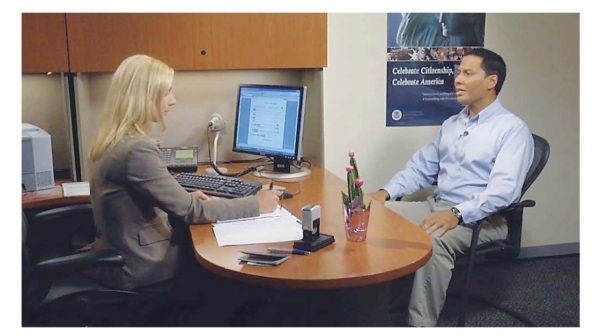Immigration Asylum in the UK
A refugee is a person who has been forcibly relocated or who has fled their own country due to human rights violations. An asylum seeker has fled their original country and seeks asylum in another nation. Asylum is a human right, everyone should be able to apply for it in another country. Countries like the United Kingdom have come up with systems whereby people apply for asylum. This is done by the Home office, which is a government department.
This article outlines the immigration asylum process in the UK.
Stages of the asylum process
a)Lodging the claim
This is the first step while claiming asylum. One can either claim asylum at the entry point such as port or after they have entered the UK.
Claiming at the port involves informing a border officer of the intention to seek asylum. If the claimant has already entered the country, they may start by booking an appointment at the Asylum Screening Unit.
b)Interview
After claiming asylum then the applicants attend the interview. These interviews are; screening interviews, interviews with caution, and a substantive overview.
i)Screening interview
Interview claimants must attend the screening with documents to prove their identities such as passports and accommodation documents.
The Home Office will collect applicants' "biometric information," such as fingerprints and photographs, during the screening process. The claimant's biometric information is used to authenticate their identity and to provide their Application Registration Card.

ii)Interview under Caution
If the screening office has reason to believe that the claimant is an illegal entrant, then they will hold a second screening. This is known as the interview under caution. If it is proved that the applicant is an unlawful entrant, then the person may be denied an asylum claim. The applicant will still be given refugee status if they fit the definition.
iii)Substantive Interview
The claimant will get a letter after the screening interview confirming the substantive interview's time, date, and location. It entails inquiries into the claimant's past events. Interviewers will ask questions concerning documents that have been submitted in advance to ensure that the claimant's statements match the records. When a contradiction is discovered, interviewers should allow the claimant to explain it. In practice, inconsistencies can be utilized by the Home Office to reject claims, even if they are justified.
c)Decision
After the interview is done, claimants and their legal representatives should check the written records. They typically have five business days to remark on the documents. The decision can either be the claim acceptance or the claim is not successful.
If the claim is accepted, then the asylum seeker is awarded refugee status for five years. He or she is allowed to live and study in the United Kingdom, as well as use public funding. The applicant is also given the Biometric Residence Permit to verify their refugee status and eligibility to work in the United Kingdom.
If the claim is not successful, the applicant has a right to appeal. This is done within the first 14 days to the first trier tribunal. The Home Office will normally send the form IAFT-5 together with the denial letter. Alternatively, using a tribunal portal, appeals can be submitted and paid for online.
d)Appeal after the first tier tribunal
After the First Tribunal appeal has been rejected, then the applicant may file for a second appeal. However, the second appeal requires authorization and can only be based on the law of error.
e)Fresh claims
A claimant may submit additional submissions if their asylum application has been certified or denied after all appeal rights have been exhausted. If more filings are made, the Home Office will have to evaluate if they are to consider a "new claim."
In conclusion, by following this process, the UK's asylum application will be a total success. In case of any query, kindly contact us.
